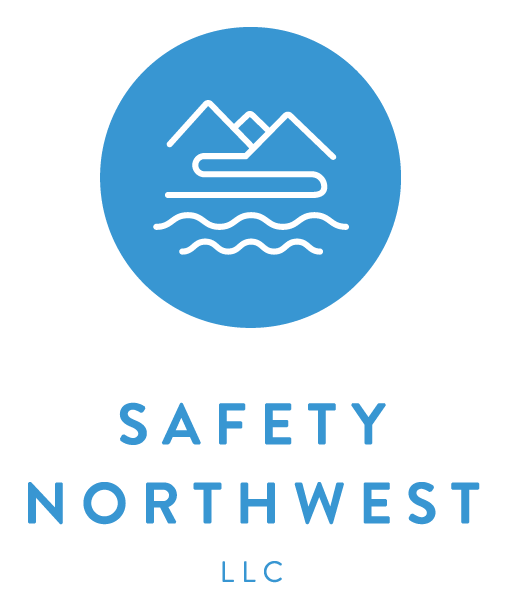I am often asked “what do I need to do?”
I always do my best to answer this question in a common sense, straightforward way. Regulations and consensus standards are written in black and white, but approaching effective solutions to unique problems does not always lend such awesome clarity.
Feasibility is a concept that changes over time. Changes in technology, economy, scope of work, or the business itself determine what can be done. And that right there, what can be done, is where safety and risk intersect. Reducing risk for injuries and illnesses is fundamentally based on our ability to control hazards. Controlling losses is not only the ethical course of action, but financially critical to the sustainability of any organization. But what do I need to do about the hazards that exist in my workplace?
For a safety professional, feasibility refers to the practicality of implementing a safety control measure.
Technical Feasibility. This asks if the control measure is possible with current technology.
Economic Feasibility. Can the workplace afford it, and will the cost outweigh the benefit of reduced risk?
Like a safety professional, OSHA uses "feasible" to mean "capable of being done" in the context of safety standards and controls, but with legal weight behind it. The courts have established that OSHA shouldn't perform a strict financial cost-benefit analysis when determining feasibility. Worker health is the priority, and controls should be implemented when they are achievable. While cost isn't the deciding factor, OSHA does consider if a control method is commonly available and used within the industry for similar situations.
So, how does OSHA find a balance between enforcing workplaces to be free from recognized hazards and achievable implementation?
Their goal is to find effective protection that is also technologically and economically feasible for most workplaces in that industry.
OSHA does acknowledge that some controls might be infeasible for certain workplaces due to factors like industry standards, size of the business, and economic impact when evaluating feasibility.
Answering the question “what do I need to do?” means searching the answer to “what can I do?”
Anyone considering implementing corrective action for an identified hazard should use the Hierarchy of Controls as a guiding light. For example, If it is feasible to engineer out the hazard (i.e. use a vacuum dust collection system), then PPE (i.e. a respirator) is not an acceptable or effective control measure.
In order from most to least effective:
-Elimination. Removing the hazard altogether is the ideal solution.
-Substitution. Replace a hazardous material or process with a safer alternative.
-Engineering Controls. Implement physical changes to the workplace to isolate workers from hazards.
-Administrative Controls. Training, work procedures, or schedules to reduce exposure.
-PPE. When other controls are not feasible, PPE like gloves, goggles, or respirators can provide some level of protection.
Feasibility is a moving goal post. What was once an acceptable level of risk for an established work task may no longer be. Feasibility, especially for large companies and industry leaders, means keeping up with current trends and constantly re-evaluating risks within the organization. Business leaders and decision makers must be adaptable and willing to change.
